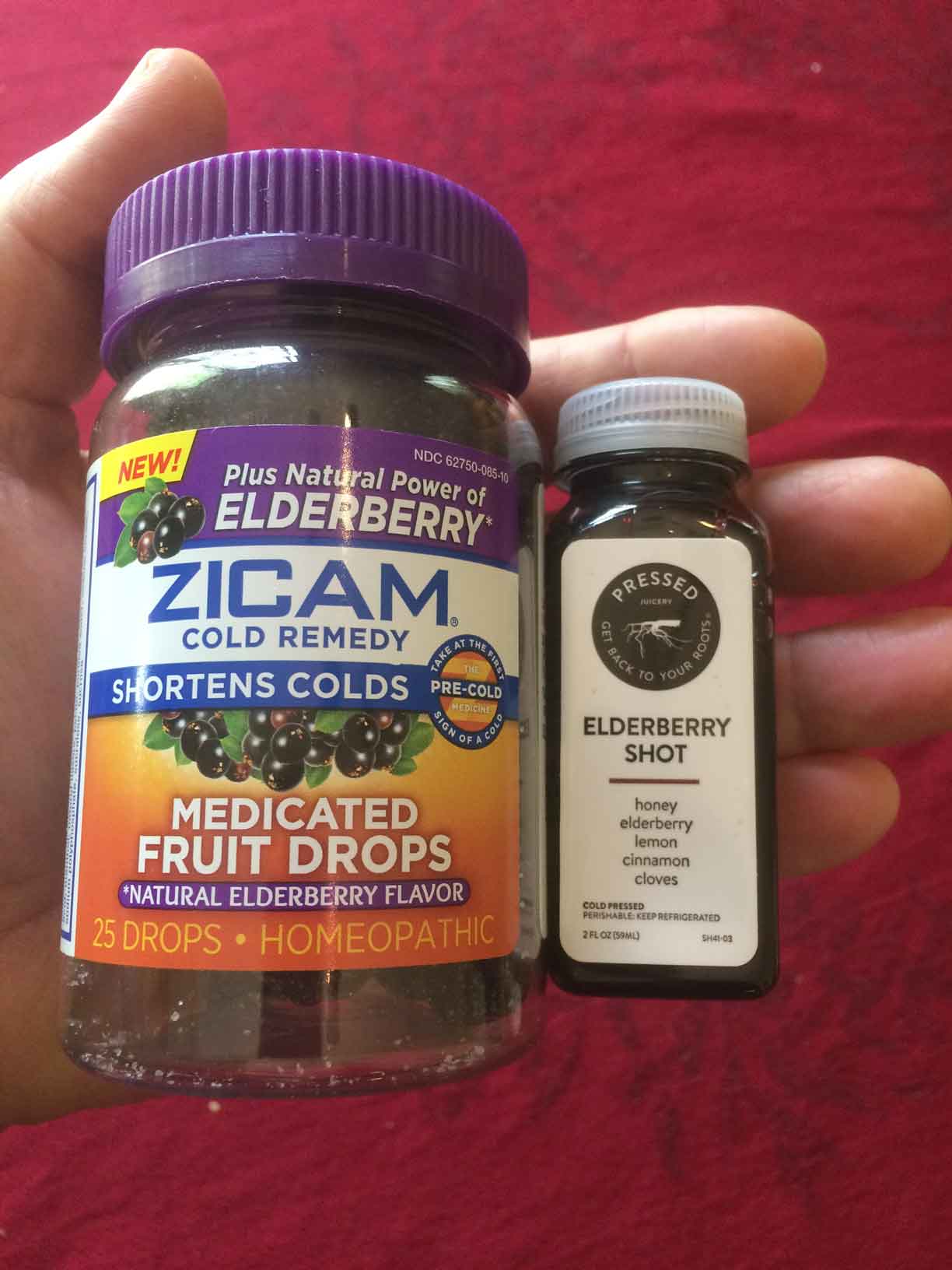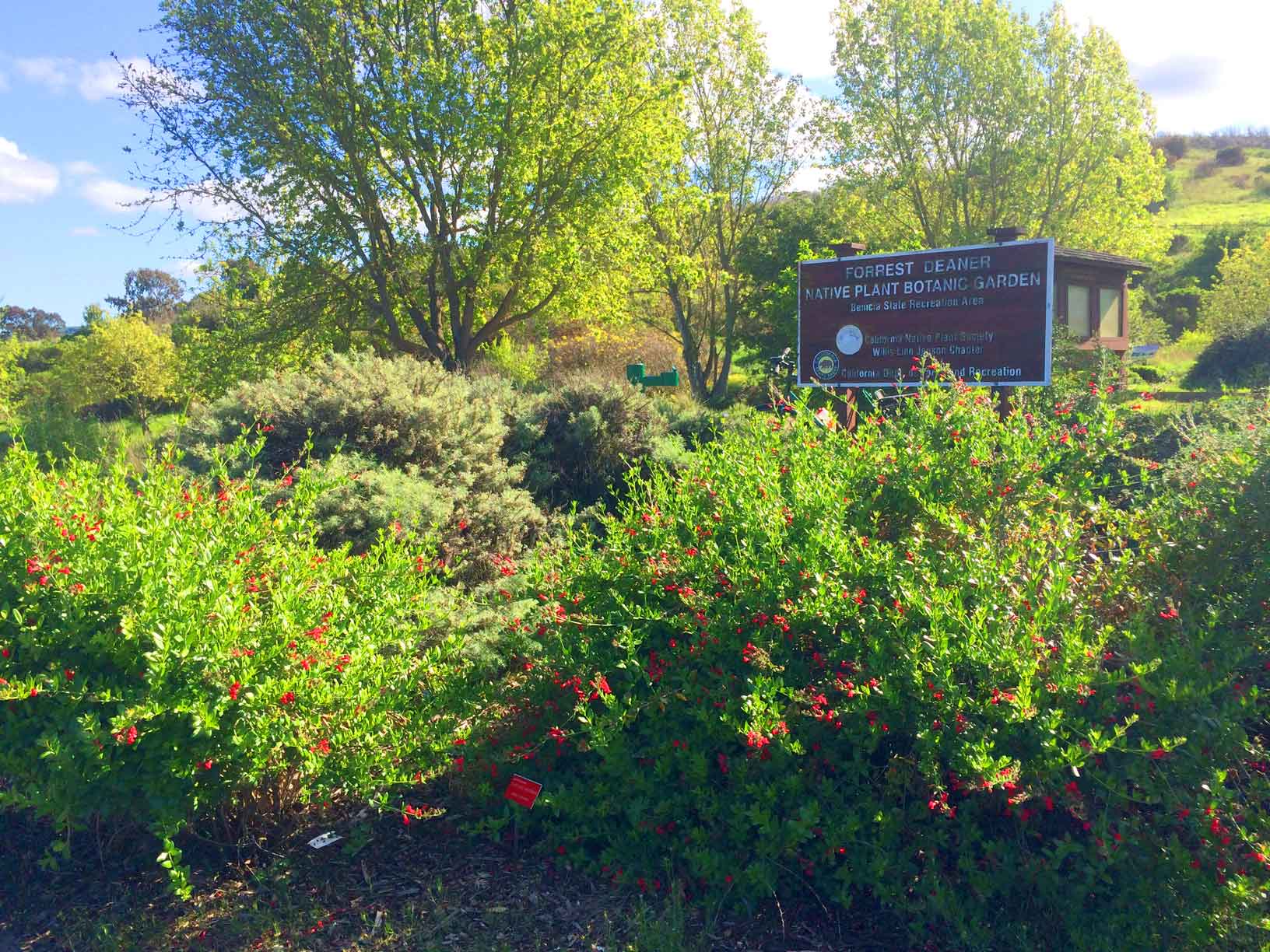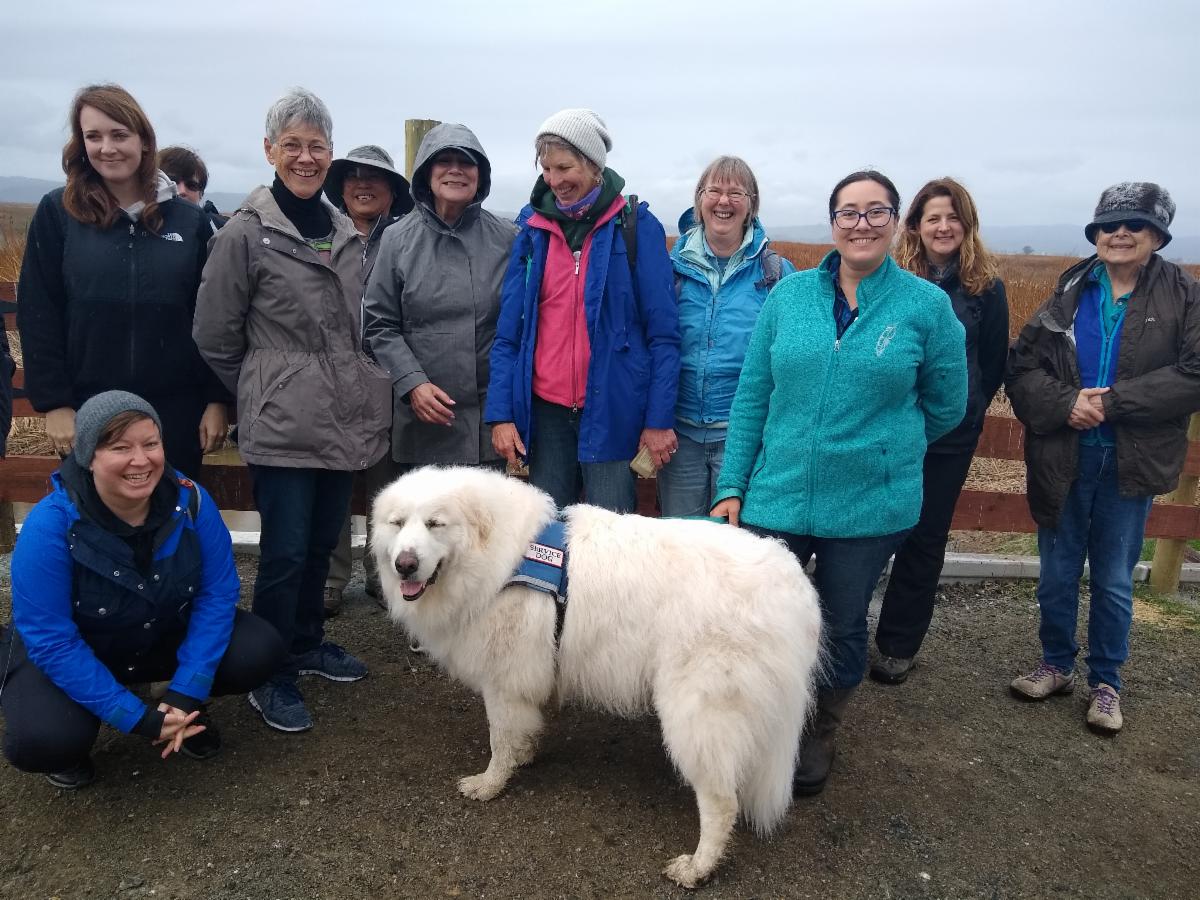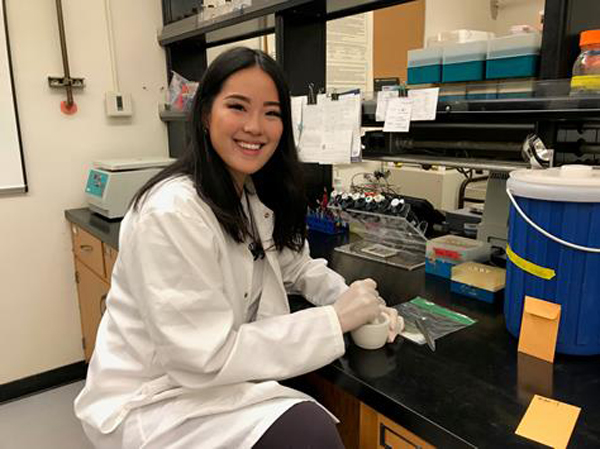
|
| APRIL 2020 CHAPTER NEWSLETTER |
Stir Crazy? Take a Look at the Forrest Deaner Native Plant Botanic GardenVisiting the Forrest Deaner Native Plant Botanic Garden in the Benicia State Recreation Area just became harder on March 30, when the California Department of Parks and Recreation closed their parking lots due to the current public health emergency. So, for those who cannot get to the park entrance and walk or bike the 1.5 miles beyond the entry gate to reach the Botanic Garden, the Jepson Chapter is bringing you a virtual visit in this newsletter. At the end of this article you will find a series of photos from the Botanic Garden. The photos focus on plants in the Botanic Garden that can also be found at the Chapter’s Spring Plant Sale, which is currently scheduled for April 25th, but may be postponed or canceled due to the public health emergency. Click here for an inventory of available plants. An announcement on the status of the Spring Plant sale will be issued to Jepson Chapter members in early April. [READ MORE]
The entrance to the Forrest Deaner Native Plant Botanic Garden is framed by Island snapdragon (Galvezia speciosa) in the foreground and California sage (Artemesia californica). |
CALFLORA SKILLS SHARPENED AT RUSH RANCHCalfora, the website you can use to learn about plants that grow wild in California, was the topic of two public events sponsored by the Willis Linn Jepson Chapter and the Solano Land Trust at Rush Ranch. On March 6th, Calfora Executive Director Cynthia Powell tutored a dozen native plant enthusiasts on how to use the Calflora website to make illustrated plant lists for hikes (or native plant sales), find locations where your favorite native plant grows, and develop a planting guide that lists plants that grow well where you live. Powell also demonstrated how to upload pictures of wild plants we encounter to the Calflora database using the iNaturalist app. [READ MORE]
Participants who showed up in the rain at Rush Ranch to practice their Calflora skills. Photo courtesy of Cynthia Powell. |
DIXON FARM TESTS NATIVE ELDERBERRIES AS A CASH CROP The Cloverleaf Farm in Dixon is learning how California native blue elderberries (Sambucus nigra ssp. caerulean) that grow in their hedgerows can provide a source of farm income to offset costs. The hedgerows were planted on the edges of this small organic farm to attract beneficial insects and reduce runoff. Now the farm is working with UC Davis to develop a model that will enable small-and medium-scale farmers to receive a direct income from a farm practice that benefits the ecosystem as well. The Cloverleaf Farm in Dixon is learning how California native blue elderberries (Sambucus nigra ssp. caerulean) that grow in their hedgerows can provide a source of farm income to offset costs. The hedgerows were planted on the edges of this small organic farm to attract beneficial insects and reduce runoff. Now the farm is working with UC Davis to develop a model that will enable small-and medium-scale farmers to receive a direct income from a farm practice that benefits the ecosystem as well.Elderberry, which is highly valued by California native tribes for its many uses, is now receiving growing consumer interest with nationwide elderberry product sales doubling from 2017 to 2018 at $75 million. Katie Fyhrie, a partner at The Cloverleaf Farm, and other farmers in the study are testing hedgerow designs, measuring elderberry yields and tracking their costs. A production and marketing guide, cost and return study, market analysis, and farmer and buyer outreach activities will be key outputs from the study. Berries will also be analyzed for flavor and nutrition components across native blue and North American cultivars. [READ MORE]
|
TALK ON DEAD PLANTS DRAWS A CROWDOn the evening of March 8, members of the Solano College Horticulture Club and the Jepson Chapter packed a classroom to learn about herbaria, a collection of pressed, dried and identified plants. The crowd gave a warm welcome to the presenter, Hannah Kang of the UC Davis Center for Plant Diversity. Kang, is an herbarium curatorial assistant for the Center’s herbarium which holds over 350,000 plant specimens (e.g. pressed dead plants). The strengths of the herbarium’s collections are plants found in California open spaces and in vernal pools. Kang began her talk describing how herbaria around the world help protect rare and endangered plants. She used a local example, the Mount Diablo buckwheat (Eriogonum truncatum). The plant was no longer found in the wild after the 1930’s and was thought to be extinct. A single population was rediscovered in 2005 and verified by using a specimen at the herbarium. Following the wildfire on Mount Diablo in 2013 the buckwheat population has now expanded to millions of individuals. [READ MORE]
Hannah Kang, herbarium curatorial assistant at the UC Davis Center for Plant Diversity |
PLANT OF THE MONTH: Heuchera 'Canyon Duet'An evergreen perennial that forms low mat-like tufts of green leaves to about five inches tall by one foot wide. In the spring, flower stalks rise up to 18” above the dense foliage and support bicolored flowers of pink and white. It requires part shade, occasional water and is tolerant of a wide variety of soil types, including clay soils. ‘Canyon Duet’ would be ideal for a container, rock garden, or small scale edging to a lawn. This heuchera is a hybrid of Heuchera ‘Canyon Delight’ and H. caespitosa, released in 2001 as part of the Santa Barbara Botanic Garden Heuchera Quartet Series. ‘Canyon Delight’ is a “half native” hybrid of Heuchera caespitosa and H. sanguinea (native to Arizona). In their book "Heuchera and Heucherellas: Coral Bells and Foamy Bells" (Timber Press) 2005 authors Dan Heims and Grahame Ware note that Linnaeus named Heuchera for Johann Heinrich von Heucher, professor of medicine and Botany at Wittenberg University in Ohio. They further note that the name Heuchera should be pronounced following the person's name it commemorates so the proper pronunciation is HOY-ker-uh.
Heuchera 'Canyon Duet' |
UPCOMING EVENTS
|

|
|
|
|
CNPS Statewide Website | Jepson Chapter Website |



